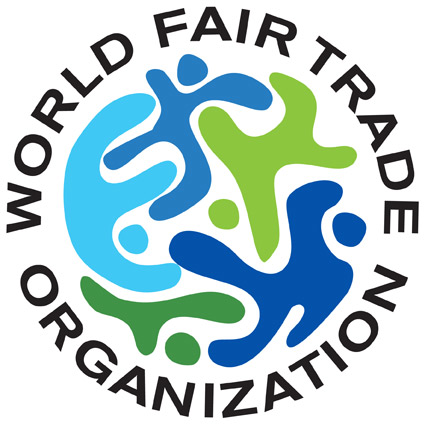Christine here! As a follow up from our post two weeks ago, What does cultural preservation mean to a Maya weaver? Today, I wanted to discuss the complexities of cultural preservation and the devaluation of handmade work.
This is of course a very complicated topic, and to some extent is subjective. However I will do my best to touch upon each of these topics. I first wrote about cultural appropriation in the context of traditional Guatemalan textiles on my ethical fashion blog based on my first time experience in Guatemala. However, after being here at Maya Traditions for a week, I have had the chance to speak with multiple artisans and have asked them in-depth about why they weave. This has definitely added a new layer to my views regarding all this blog post encompasses.
Weaving is part of the Maya culture. Tradition has it that the technique of weaving was passed on by the gods as a sign of female empowerment and fertility. This tradition of weaving has then been passed down through generations and is still practiced today. However, many women who are weavers today weave not only because it is tradition must mostly because they do not have any other means of income. Many artisan weavers did not finish basic schooling and do not qualify for professional jobs, as I was told. And so they turn to their traditional weaving skills, which is valued as an artisan craft.
As mentioned in the prior post, weaving is a way to preserve the Maya culture while bringing basic income to the household. Although, when weavers work with associations that pay fair wages, they earn much more than if they were to sell to tourists on the streets. Now, weaving, although it may just look like a piece of fabric is very laborious, and depending on the technique can take up to 40 hours for a 90cm (~3 feet) by 40cm (1.3 feet) piece of fabric. When companies and design houses mimic handmade designs from places like Guatemala and sell them for less in the mass market, they are devaluing the handwoven work by making the market (the people who buy the product) use to fabrics at a much lower price. When people wear a copy of a hand-woven fabric with a Maya design and purchase it from a fast fashion company, such as a machine woven pillow from Target, at $30 the market becomes accustomed to paying this for the product, when in reality an authentic item would cost $100. This is another example of devaluation of a product in the market.
As Yolanda mentioned, she is proud to be a weaver and a Guatemalan artist in that. Yolanda also mentioned that she would like for her children to continue weaving just as a hobby, to keep the tradition and culture alive. However, not all women who weave want to weave. If they had the education and the choice, how many of them would continue to weave voluntarily? This question is pertinent, especially when their work is being continuously devalued over time which means that the market is putting pressure for their wages to drop. And so, even though culture is being preserved and passed on on through the generations, we ask ourselves how long this can last if the skilled labor of these artisans is continuously being devalued over time. How do you measure someone’s labor and ensure it is being valued?

Member of the
World Fair Trade Organization